When the Continual Crisis prevents you from reaching your education or treatment goals
you have not given up on reaching your education or treatment goals, but the sustained daily rate of crisis makes reaching your goals very, very hard. Quotes like these will sound familiar to you:
“It seems that every time I get back to teaching another student has gone into crisis and we are “in a restraint” for the remainder of the period.”
“We know that if we could only reduce the total amount of time in restraints that we would be much more likely to meet our quarterly goals.”
What is the likely cause of this, progress inhibiting, continued high rate of crisis?
At some organizations there can be a complete lack of progress in meeting educational or treatment goals. This is often due to a high sustained daily rate of crisis that leaves little time to teach or treat. There are two main causes for frequent restraints (several per day or week):
- Poor crisis management systems and
- Poor treatment/educational plans.
1). Poorly designed crisis management systems are one of the main causes of restraints that are too frequent or last too long or both. The problem can stem from a
- poor design of the physical procedures, from
- poor design of the de-escalation strategies or from a
- complete lack of prevention strategies.
An example of a bad design is recommending verbal de-escalation for someone with no language skills. Regarding poorly designed physical procedures, if the restraints are very long in duration, or very frequent it is often because they are very awkward/painful, and they do a poor job of stopping the crisis.
2). Poorly designed or implemented behavioral treatment or educational plans will also lead to a higher frequency of crisis. There are a variety of ways that plans can be suboptimal. There could be problems in assessment, data collection, analysis of those data, selection of target behaviors or annual goals, staff training and monitoring and data review and program revision.
Any or all of these issues can prevent progress with your clients and students and these problems can interact in ways that amplify the problem.

Solutions
The key to making consistent progress towards treatment or educational goals is a combination of the right crisis management and the right educational or treatment programs. The right crisis management should:
- Focus on prevention
- Use individualized de-escalation and re-integration
- Use physical procedures that are comfortable yet functional
- Help to identify possible issues with educational and treatment programs
A crisis management system should have experts that can give feedback on educational and treatment programs. This may include feedback on:
- initial assessment
- data collection
- analysis of those data
- selection of target behaviors or annual goals
- staff training and monitoring
- data review
- program revision
The PCM system accomplishes all of this.
Testimonial

